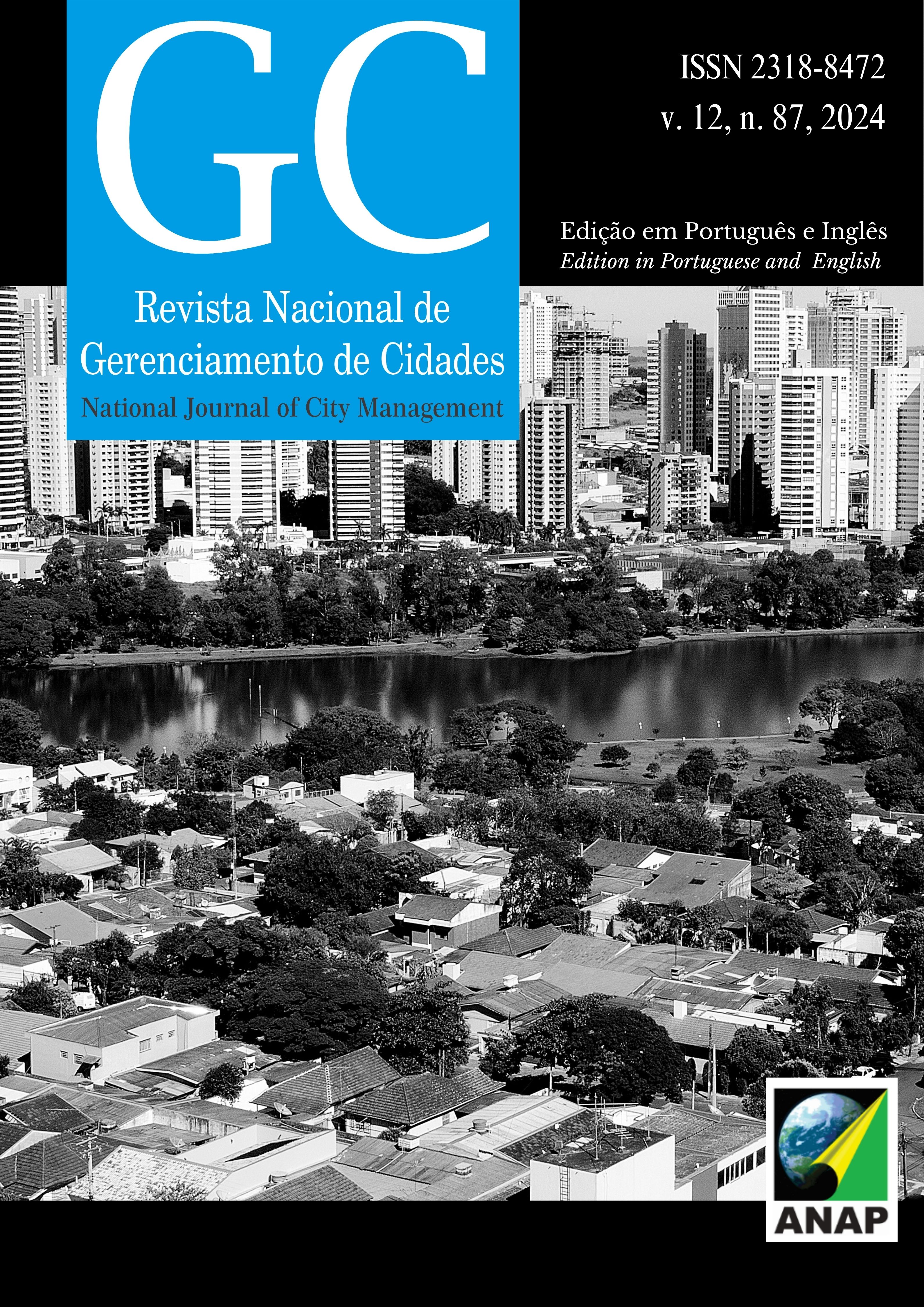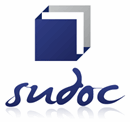Digital technologies in construction companies
Case studies in the context of construction 4.0
DOI:
https://doi.org/10.17271/23188472128720245335Keywords:
Digital Technologies, Construction 4.0, Digital Transformation, BIMAbstract
Industry 4.0's main function is to provide savings, agility and competitive advantage, through innovative solutions, when its concepts and principles are applied to the construction sector, it is referred to as "Construction 4.0”. The digital technologies that constitute construction 4.0 can be introduced in all areas of the construction industry with the global objective of increasing productivity and, at the same time, simplifying work and reducing errors. In this sense, the present work aimed to identify the main challenges and actions necessary for implementation of digital technologies by construction companies in the context of the changes that guide technological advances in digital transformation. To this end, the methodology adopted included literature research, which sought to embroider important concepts, characteristics and classifications on the principles of industry 4.0 and the use of digital technologies in construction companies, followed by case studies carried out in construction companies in the city from Recife-PE involved in actions aimed at digital transformation. The results present the main digital technologies used in construction companies as well as the sectors suitable for their respective implementations. Furthermore, it was concluded that the adoption of digital technologies is crucial for digital transformation in construction companies; however, the costs associated with the development and adoption of new digital technologies, as well as customer conservatism, represent the biggest barriers to implementation in construction companies. The main contribution is the presentation of guidelines for implementing digital technologies in construction companies.
Downloads
Downloads
Published
Issue
Section
License
Copyright (c) 2024 National Journal of City Management

This work is licensed under a Creative Commons Attribution 4.0 International License.














